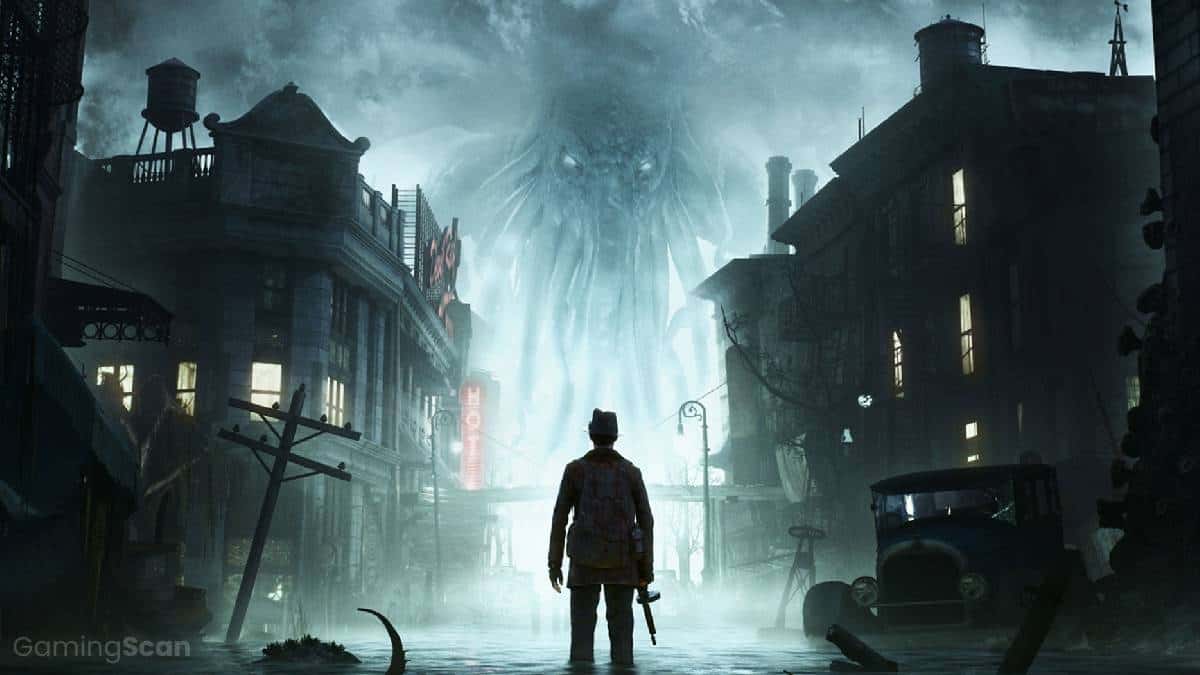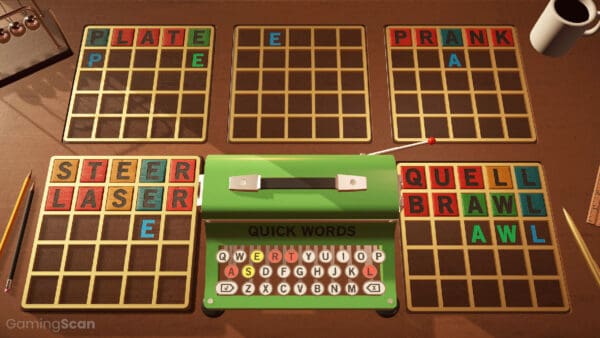Lovecraftian horror, or cosmic horror as it is also commonly referred to, is very difficult to portray onscreen. As a result, there are a couple of precious movies and games that dare to try and take this subgenre of horror on.
Of those that do, an even smaller percentage actually manages to do the subject matter justice and execute it properly.
At its core, cosmic horror is about vast and unfathomable forces whose nature and motivations are beyond human understanding, so much so that merely witnessing them is enough to turn one’s consciousness into mush and drive a person to insanity.
Needless to say, cosmic horror isn’t about gore, jumpscares, or giant sea monsters, so you can imagine why it’s so difficult to get it right and why so few games/movies do.
In this game list, we’ll list and provide a brief overview of what we feel are the best games that manage to do pull off Lovecraftian horror properly, though some, understandably, do it better than others.
Table of ContentsShow

Call of Cthulhu: Dark Corners of the Earth
First up, no list of Lovecraftian games would be complete without Call of Cthulhu: Dark Corners of the Earth. This 2005 title features a blend of various gameplay elements: traditional adventure game-style investigation, puzzles, exploration, stealth sections, and later on, FPS gameplay, too.
The game features a sanity meter that depletes when the player is faced with paranormal events and creatures, and low sanity can lead to distorted graphics, hallucinations, and it makes the protagonist more difficult to control.
On top of that, the game also features a more realistic health system where the player suffers various negative effects if they are injured e.g., an injured arm can lead to impaired aim. In contrast, an injured leg can lead to slower movement speed with a noticeable limp.
However, the most horrifying part of Call of Cthulhu: Dark Corners of the Earth might be the effort required actually to get the game running properly. It was first released for the original Xbox, and the Windows port that came out in 2006 was somewhat wonky, not to mention that being almost a decade and a half old at this point doesn’t help the matter.
In any case, Call of Cthulhu: Dark Corners of the Earth is an excellent game and is probably the first one that many people will think of whenever the subject of Lovecraftian games is brought up. Sure, it can feel clunky by modern standards and is plagued by a host of technical issues, but it is still highly immersive and worth playing if you can get it running properly.
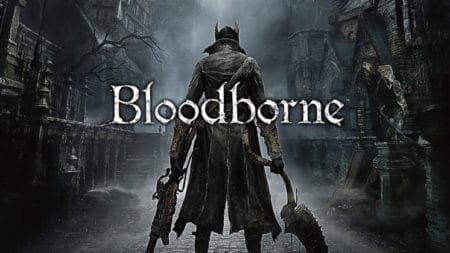
Bloodborne
The next title on the list is Bloodborne, a game that we feel is an example of some of the best-executed cosmic horror seen to date. This is mainly thanks to its minimalistic approach to storytelling, as it relies on tidbits of information delivered through cryptic dialogue, item descriptions, and environmental hints to get the message across.
The game’s environment design is also spectacular, featuring an array of different levels, from the towering gothic spires that define the city of Yharnam, to dark forests, claustrophobic dungeons, and some otherworldly levels that don’t quite seem to conform to the laws of our reality.
Now, on the gameplay front, Bloodborne is a “Souls-like” game, meaning that it’s an action RPG whose combat system and overall gameplay formula are modeled after those of Dark Souls. As such, Bloodborne is a demanding game that requires the player to adjust to its mechanics. And if you’re not already used to the gameplay mechanics of Dark Souls, then there’s a steep learning curve to brave.
That said, if you’re just generally not good at action games, you’ll probably want to give this one a pass, as the game’s difficulty will most likely only leave you frustrated.
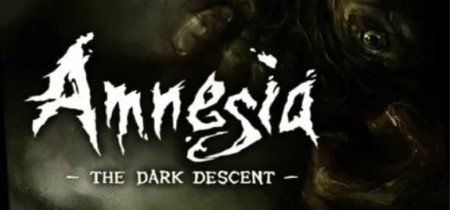
Amnesia: The Dark Descent
Published in 2010, Amnesia: The Dark Descent is a scary masterpiece that has influenced the horror genre of the 2010s with its unique ideas.
It was one of the first horror games to feature no combat whatsoever, which leaves the player extremely vulnerable and makes running away or hiding the only viable options when it comes to braving the monsters that lurk within the old medieval castle.
In addition to that, the game also features survival horror mechanics that are primarily centered around the sanity mechanics similar to those seen in Call of Cthulhu: Dark Corners of the Earth. Witnessing supernatural phenomena and looking at monsters depletes the sanity meter, but accomplishing objectives and staying away from the darkness helps restore it. Light, however, is a finite resource, and the player must take care of how they spend their tinderboxes and lamp oil.
The story of Amnesia and the otherworldly force that pursues the protagonist throughout most of the game are both decidedly Lovecraftian at their core, so if you still haven’t played this classic, you should definitely do it before Amnesia: Rebirth comes out!
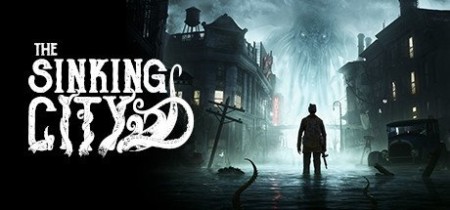
The Sinking City
The Sinking City is an action-adventure game that does a good job when it comes to faithfully adapting many elements that define Lovecraft’s stories. It takes place in a fictional city called Oakmont that is slowly sinking into the sea, as the titled implies, and the game is heavily inspired by Lovecraft’s well-known novella, The Shadow over Innsmouth.
For the most part, The Sinking City focuses on detective work rather than on action, as the player assumes the role of a P.I. hired to investigate the strange events taking place in Oakmont. However, unlike most games of this sort, The Sinking City includes an open world and even a combat system, though, as mentioned, combat isn’t the focus.
The player must be attentive and meticulous when collecting and analyzing clues, as the game’s progression will change depending on how thorough the player is. At the same time, it’s important to use ammo conservatively because bullets are being used as currency in Oakmont, meaning that any missed shots are, quite literally, wasted money.
At the end of the day, The Sinking City isn’t a perfect game by any means, and it received mixed reviews from critics. Generally, people praised the game for its world-building, atmosphere, open-ended gameplay, and plot, but combat is noted as not being one of the game’s strong suits.
So, if you like mysteries and have the patience and the attention span required to play The Sinking City, then you’ll probably enjoy the game. On the other hand, if you prefer action games or more straightforward horror, then this one probably won’t be your cup of tea.
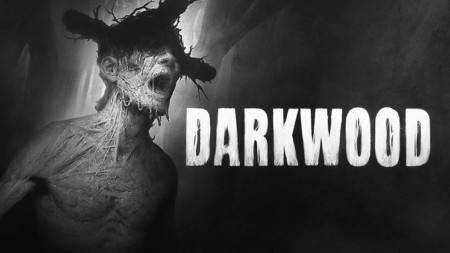
Darkwood
Next up, we have Darkwood, which is a very unique and memorable survival horror game played from a top-down perspective. The story is minimalistic and evocative, perfectly complementing the game’s haunting art style and characters that feel as if they were ripped straight out of some dark and morbid fairy tale.
In order to survive, the player has to venture out by day to collect resources, weapons, and other useful items, as well as complete objectives to advance the story. By night, they have to hunker down, place traps and barricades, and defend themselves from whatever crawls out of the woods and comes knocking on the door.
The combat system and the overall gameplay formula of Darkwood aren’t terribly complicated, and they don’t take long to get used to. However, the Darkwood’s biggest strengths are the unforgettable atmosphere and the subtle story that both do a remarkably good job at bringing the game’s twisted world to life.
If you decide to pick Darkwood up, you will probably play through it multiple times, and even if you don’t, you can rest assured that it will stick with you long after the credits roll.
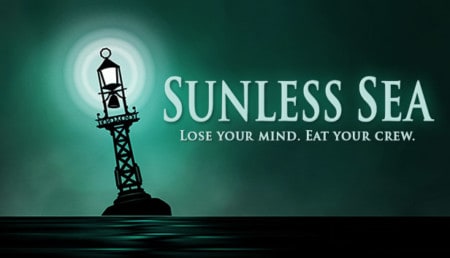
Sunless Sea
Moving on, we have Sunless Sea, an RPG game with survival horror elements that has the player captain a steamship and explore the vast underground sea (or instead, the “Unterzee,” as the game refers to it), creating their own character with specific strengths, weaknesses, and ambitions.
Sunless Sea has two “layers” of gameplay. First, there is the story aspect, where the player interacts with characters and makes decisions on how to move forward, and these are sometimes affected by the character’s stats. Second, the player controls their ship from a top-down perspective as they navigate the Zee and engage in combat, all the while keeping an eye on their fuel and hull integrity, as well as the crew’s hunger and sanity levels.
The game is largely non-linear, as it features an open sandbox where the player is free to play as they see fit, usually in accordance with their captain’s ambition, as achieving said ambition is what they need to do to beat the game. That said, Sunless Sea has a lot of replay value, but getting the hang of it may take a bit of time at first.
As usual, the Lovecraftian influences are subtle, as they should be, and if you’re a fan of classic RPG games and don’t mind reading a lot, then you’ll have a field day with Sunless Sea. The game also received a sequel titled Sunless Skies, so if you like the first game, you should probably give that one a shot, too.

Cultist Simulator
Cultist Simulator is yet another game that primarily focuses on the narrative, but its gameplay mechanics are much different from what you’d expect.
Namely, the gameplay is card-based. There are different actions that the player can take e.g., work, study, dream, etc., and different actions require different types of cards. When an appropriate type of card is played in the action slot, a timer starts, and once the timer runs out, the player is rewarded with additional cards, and the story moves forward.
The different types of cards and all the resources that you have to keep track of can be a bit overwhelming at first, so there’s a bit of a learning curve to this game. However, once you get the hang of it, Cultist Simulator is a very unique and interesting experience. If you like RPGs and card games and, like with Sunless Sea, if you don’t mind reading a lot, you’re guaranteed to have a field day with this one.
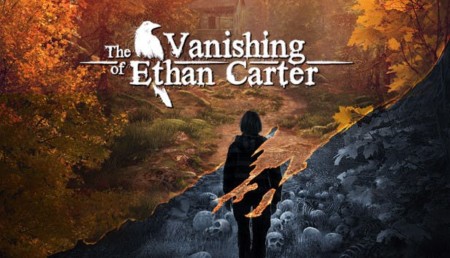
The Vanishing of Ethan Carter
The next game on the list is The Vanishing of Ethan Carter. It is the kind of game that most would refer to as a “walking simulator,” a term that’s commonly used to describe games that offer little to no interactivity and generally don’t require the player to do much more than move forward to advance the story.
However, while the game features no combat and only a single stealth section, it does feature a variety of puzzles that the player has to solve to actually beat the game. Most of these are centered around reconstructing murder scenes to figure out what had happened, but there are other kinds of puzzles as well. Upon completing a puzzle, the player is rewarded with extra exposition that provides some additional insight into the story.
All in all, The Vanishing of Ethan Carter is a beautiful-looking game with stunning graphics (especially the remastered Unreal Engine 4 version), and it is an atmospheric, lonely journey with some heavy Lovecraftian undertones. It will reward the patient player who knows how to get immersed in a game, though many have found it too linear and/or too short for their liking, as is usually the case with games of this kind.
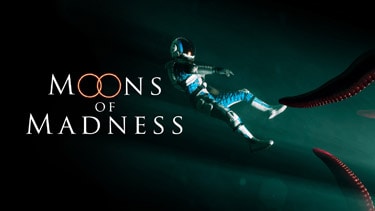
Moons of Madness
Unlike any of the previous games, Moons of Madness takes place in space – on Mars, to be more specific. The player takes control of a sole engineer tasked with keeping a base on Mars running, so there are some fairly simple tech puzzles to solve, though the game is mainly story-driven.
That said, the game plays pretty much like your usual story-focused adventure game, and like The Vanishing of Ethan Carter, it has little to offer in terms of gameplay apart from the puzzles mentioned above. Moreover, it is also quite short and linear, so there isn’t a lot of replay value.
Ultimately, Moons of Madness is nothing groundbreaking, and it has received mixed reviews, but we feel that it is still worth playing if you’re a fan of Lovecraftian horror, as it has good atmosphere and excellent graphics.
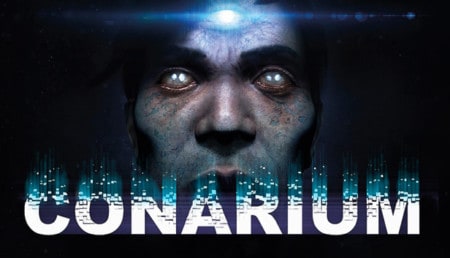
Conarium
Conarium is yet another Lovecraft-inspired adventure game similar to Moons of Madness, only this time, it is set in Antarctica rather than in space. It is also inspired by one of Lovecraft’s works, the novella titled At the Mountains of Madness, so those who have read it will undoubtedly notice some similarities.
Gameplay-wise, Conarium is similar to Moons of Madness. It is a story-focused adventure game, and it has all the same pros and cons as Moons of Madness: it looks great, and it’s highly atmospheric, but it’s also very linear and short.
And much like Moons of Madness, Conarium has received mixed reviews, but what we’ve said about the previous game stands: it has great graphics and good atmosphere, so if you’re a Lovecraft fan, it’s worth trying out.
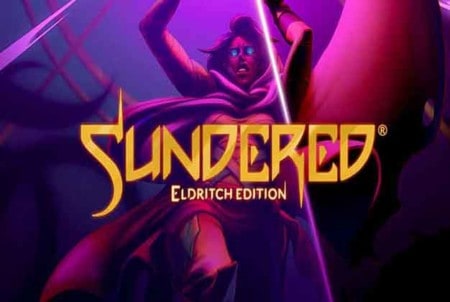
Sundered
For the final entry on the list, we have Sundered, which is a 2D Metroidvania-style game with some roguelike elements – definitely not the kind of game that you’d expect to see exploring cosmic horror themes.
On the gameplay front, you pretty much know what to expect if you’ve played any Metroidvania before – you explore the levels, do some platforming, defeat different types of enemies. You also unlock new abilities along the way that allow you to reach areas that you couldn’t reach before and help you become more efficient at dispatching enemies.
However, Sundered can be unpredictable, which can be both a good and a bad thing. Some of the levels are procedurally generated, and they automatically rearrange themselves every time the player dies, but most will agree that procedurally generated levels are noticeably less engaging than hand-crafted ones. Moreover, the game features randomly-spawning hordes of enemies, and while this can be good for keeping you on your guard, it can also get tedious after a time and lead to some annoying deaths.
At the end of the day, while it can’t compete with some of the better Metroidvania games out there, Sundered is a competently put-together game with beautiful graphics and some good boss fights, plus it’s one of the few games of this kind that feature Lovecraftian horror.
Conclusion

And so, those would be our choices when it comes to the best Lovecraftian games available. We plan on updating this list as new games come out, but if we have missed any titles that you feel deserve a mention, let us know in the comments and we’ll see about adding them in the future!
